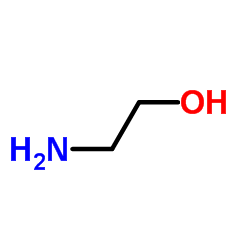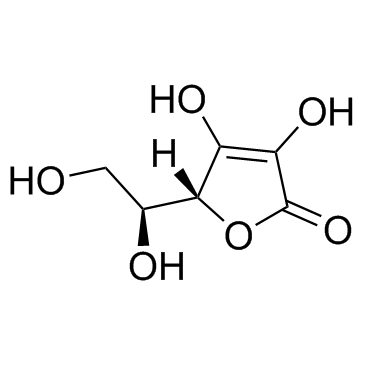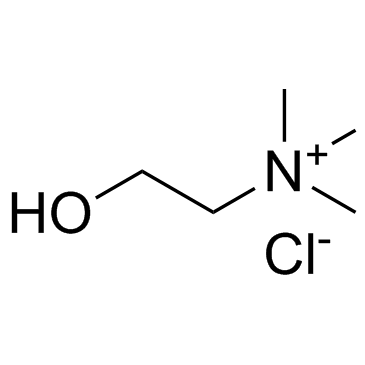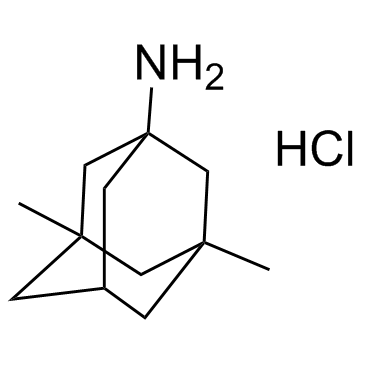| Structure | Name/CAS No. | Articles |
|---|---|---|
 |
2-Aminoethanol
CAS:141-43-5 |
|
 |
Calcium
CAS:7440-70-2 |
|
 |
Ascorbic acid
CAS:50-81-7 |
|
 |
Calcium chloride
CAS:10043-52-4 |
|
 |
HEPES
CAS:7365-45-9 |
|
 |
Choline chloride
CAS:67-48-1 |
|
 |
Aminomethylphosphonic acid
CAS:1066-51-9 |
|
 |
calcium chloride dihydrate
CAS:10035-04-8 |
|
 |
Aucubin
CAS:479-98-1 |
|
 |
memantine hydrochloride
CAS:41100-52-1 |